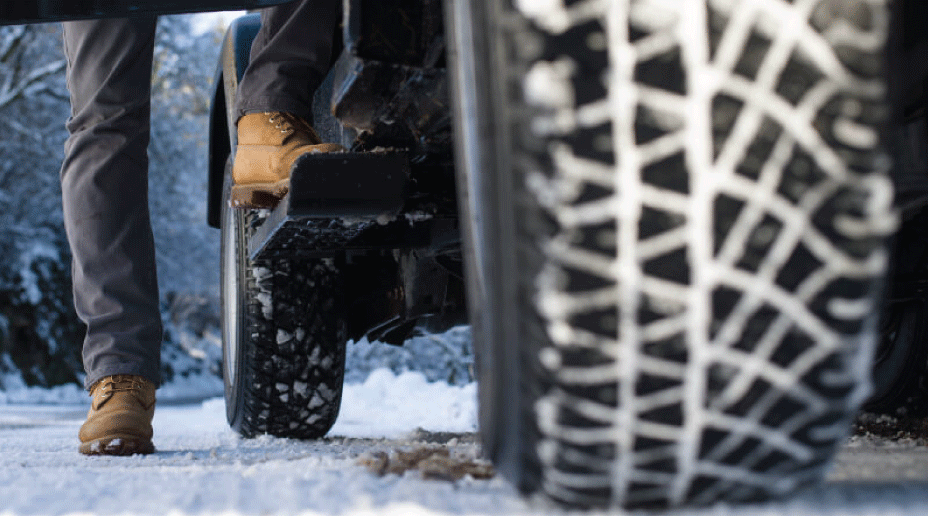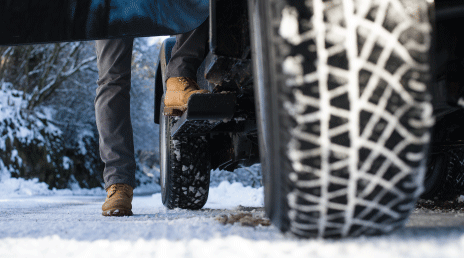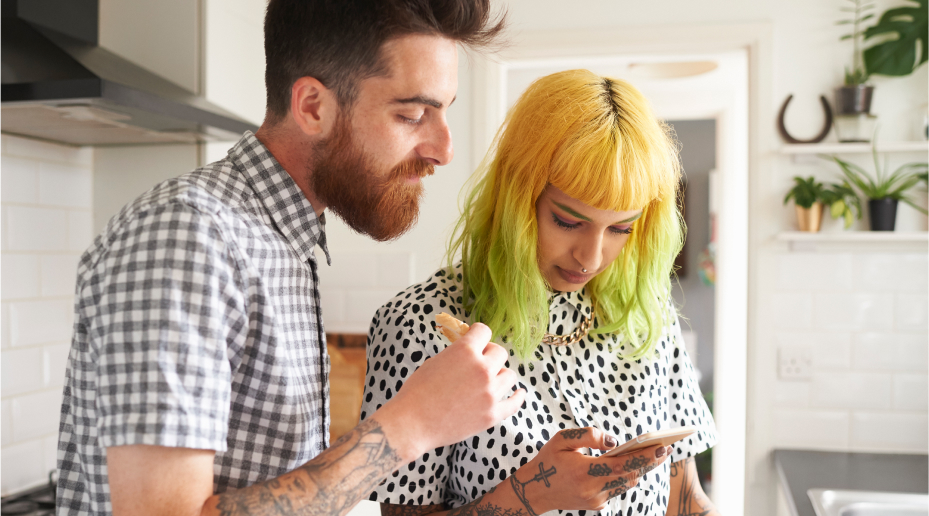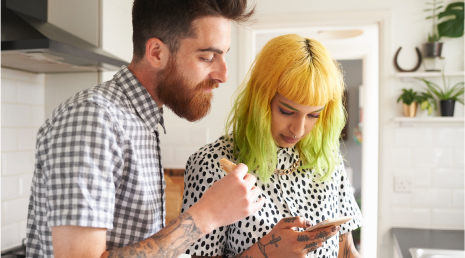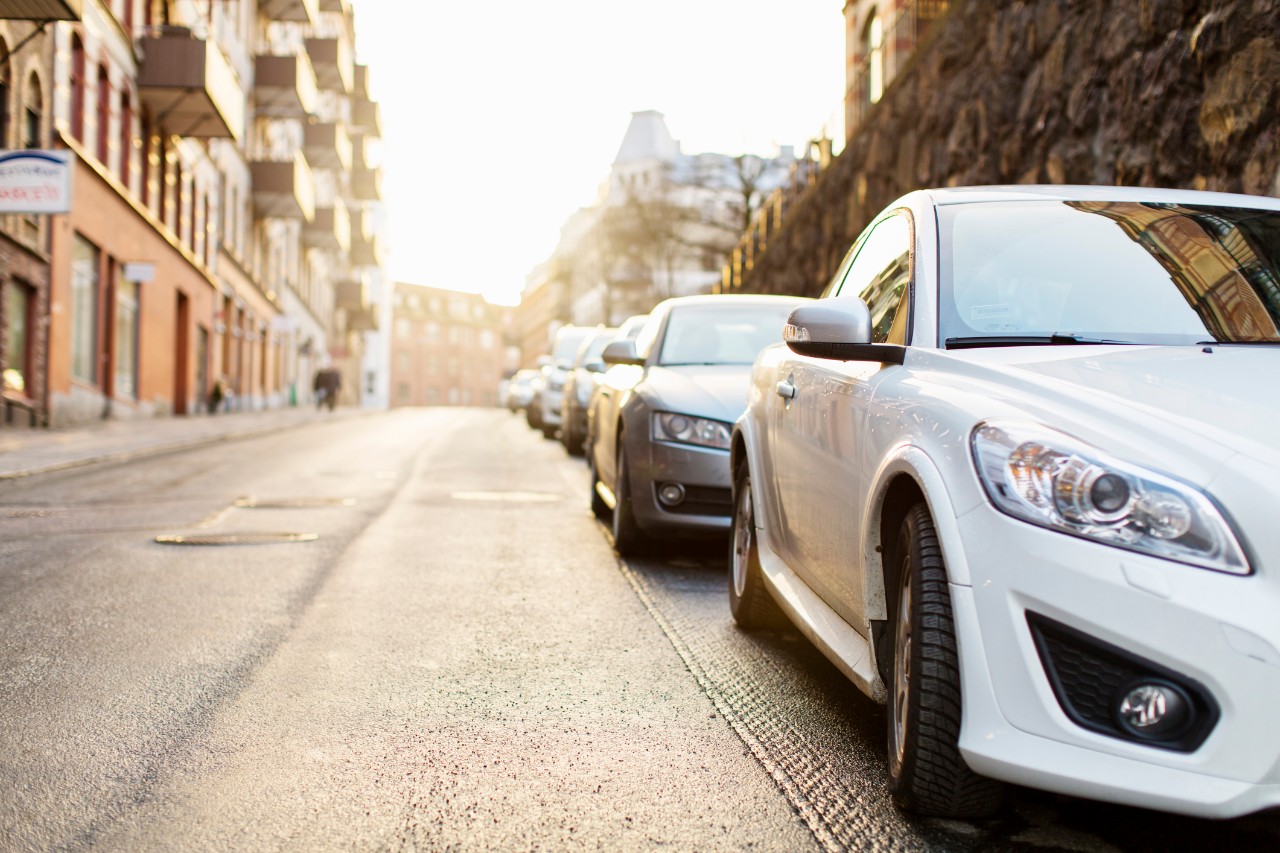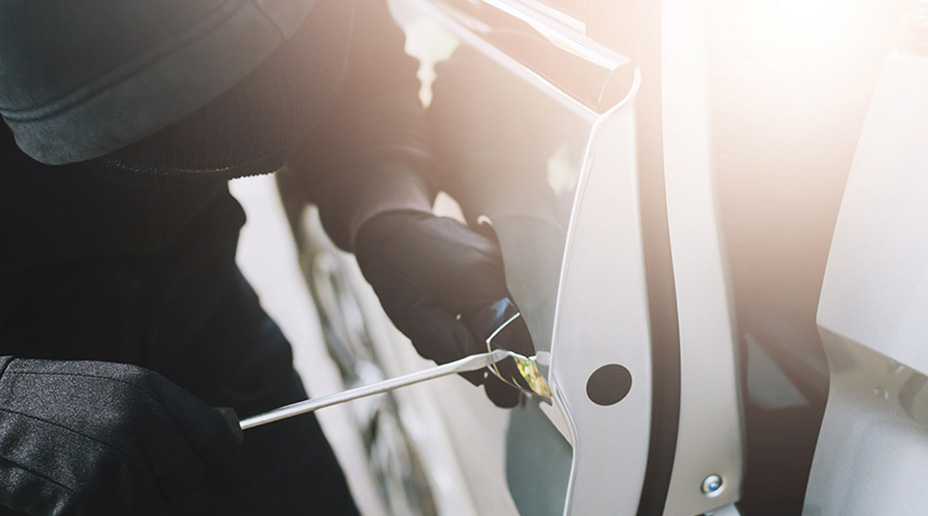Published 5 July 2024
Driving in heavy rain, snow and different weather
Published 5 July 2024
Driving in different weather conditions can be tricky, so you may want to bookmark this article for a rainy day.
Today’s weather forecast:
S W R S O H E
…scattered showers.
Tips for driving in heavy rain
Our top tip is simple. Drive carefully. When driving in heavy rain especially, keep your distance from the car in front in case they slow down or stop suddenly.
On wet roads, the highway code recommends doubling the normal two-second gap, giving us a stopping distance of four seconds in heavy rain.
Your car’s condition is especially important when you’re driving in bad weather, so it’s vital you keep on top of your car maintenance and check your car’s tyre tread. You only need a 20p coin to do this so it’s worth checking out this handy video which walks you through it.
Once you’re actually driving, make sure you reduce your speed. Not only will your visibility be reduced by heavy rain, but your stopping distance will be increased. Look at Rule 227 of the Highway Code for more on this.
Make sure you’re using dipped headlights so other drivers can see you; don’t use fog lights though, as it just dazzles other drivers and makes it even more dangerous for them.
Lastly, be gentle on the accelerator and brake pedals because sudden changes in wheel rotations can lead to aquaplaning, where you skid over water and lose control of the vehicle.
How to drive safely in snow
Why did the snowman fail his driving test? Because he got cold feet on the pedals! Seriously though, ice on the road and driving in a blizzard is snow joke.
You should only drive in snow or icy conditions when it’s absolutely necessary. If the journey's essential, remember to drive slowly and carefully and leave plenty of time to get where you’re going. Check out the Government’s advice and laws (Rules 228-231) on driving in snow.
Cold, snowy weather can be fun, even magical, for some... but only to a certain degree. You need to make sure your windscreen is completely clear – not only scraped around the main area you’re looking out of. You should also clear your roof, windows, and lights of any snow that's settled, as not doing this could result in points on your licence.
Just like driving in heavy rain, stopping distances will be significantly increased when driving in snow – keep well back from the person in front as it can take ten times the distance to stop on snow compared to dry roads.
How to drive in windy conditions?
Lighter vehicles, like small hatchbacks and motorbikes, should be particularly cautious when overtaking taller vehicles due to the differing turbulence of air around the larger vehicle.
- So, now you know how to drive in different weather. When the forecast is particularly bad, it’s best to take a raincheck on your journey unless it’s considered essential travel. And make sure you’re covered in case something doesn’t go to plan. With Allianz Car Insurance you manage your policy yourself online, so it’s fast, flexible and you can make changes without admin fees.



